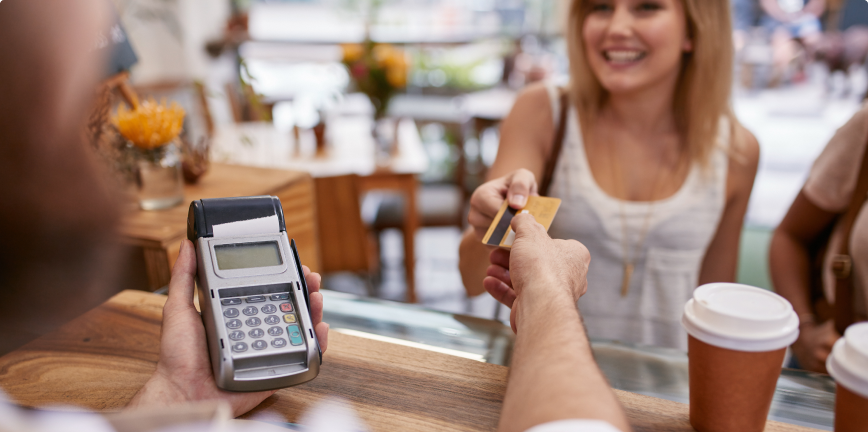What are you paying for and who are you paying?
An In-Depth Explanation of Credit Card Merchant Fees
If you’re researching which processing company is best for your business, you need to first understand how the digital transaction works. It’s important to understand where your fees are going if you want to save money on transactions.
Here’s a breakdown to help you better understand how the digital transaction process works in business.
Understand the Key Players in the Digital Transaction Process
Before you understand the digital transaction process, you need to first understand the players.
- The first player is always the customer. The entire process begins when their card number is scanned.
- The next player in the transaction is the processing company. As the name suggests, the processing company processes your payment to and from the credit card associations. The processing company is responsible for getting authorization from the customer’s bank (or issuing bank).
- The credit card associations are the channels to and from the banks. The most well-known credit card associations are Visa, MasterCard, American Express, Discover, etc.
The issuing banks, payment processors and credit card associations are the parties where your merchant fees go.
A Step-by-Step Breakdown of the Digital Transaction
- Step one: The payment processor processes your card information to the credit card associations.
- Step two: They in turn get the “OK” from the issuing bank and resend that authorization back to the payment processors.
- Step three: Next, the merchant initiates the settlement process by sending their batch of approved authorizations to the acquiring bank, which sends the money to the merchant’s bank.
Here’s an example to help you better understand.
Say you’re a customer at a retail store and you buy something with your credit card. Your payment is first processed through the card machine. Picture the card machine as the face of the processing company.
The credit card machine then sends the information to Visa (we’re assuming here you’re using a Visa card). Visa makes sure your bank authorizes the transaction and sends the “OK” back to the machine. At the end of the day, the machine sends the batch of all authorizations to the acquiring bank which will be transferring the money to the retailer’s bank.


